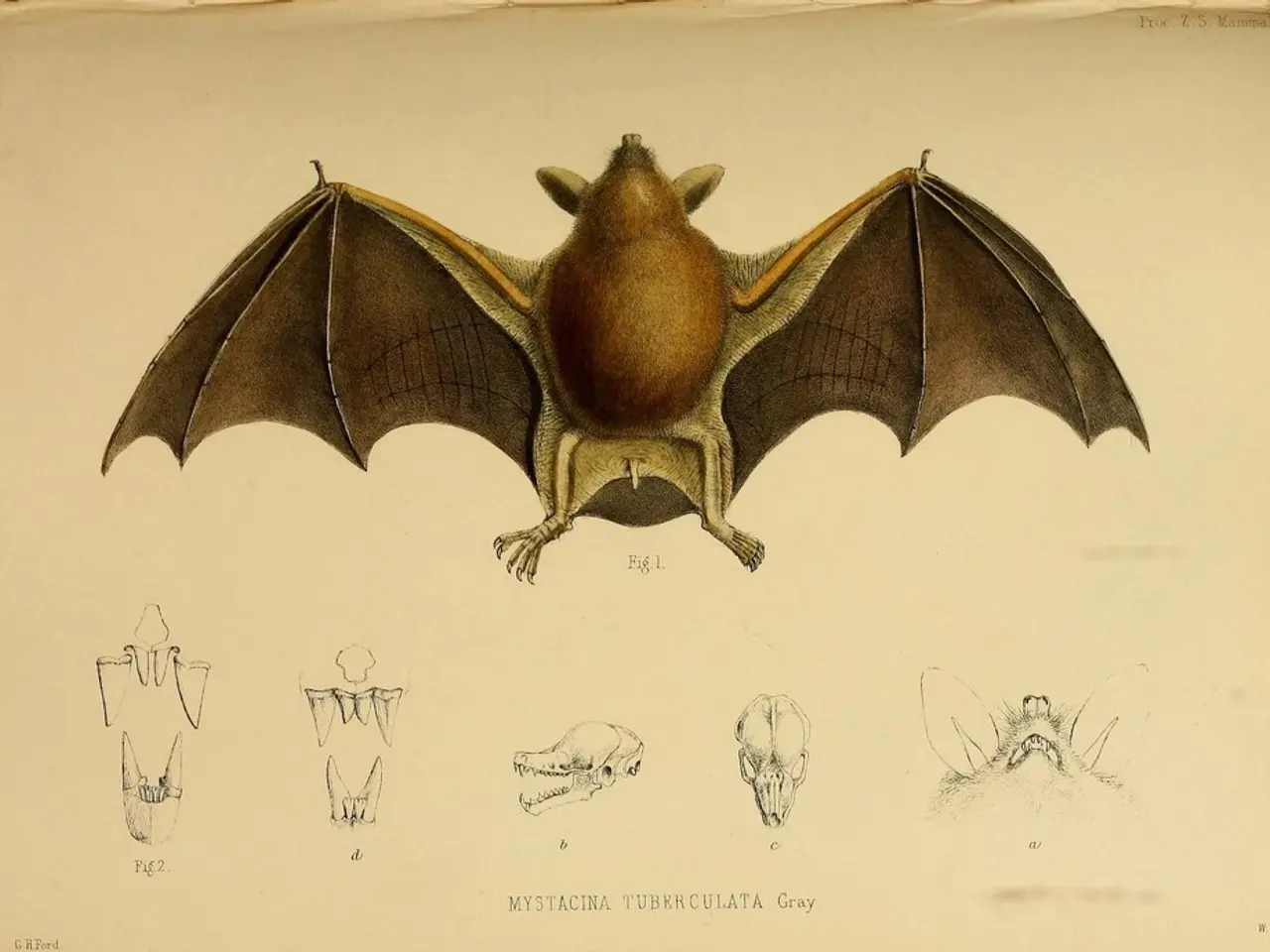Harvest Setbacks Cause Shift to Friday Agricultural Yield
In the cotton market, prices are showing a bearish trend, with losses reported on August 6, 2025. ICE cotton stocks remained steady on August 5, with certified stocks at 21,617 bales, while the Cotlook A Index climbed 50 points to 78.25 cents on August 6.
Futures closed the Thursday session with contracts down 29 to 74 points. The US dollar index dipped $0.058 to $97.925. The Cotton price action showed losses of 26 to 55 points on the same day.
The bearish trend is primarily due to an oversupply of cotton exceeding demand, increased ending inventories, and trade-related uncertainties such as tariffs. These factors have resulted in downward pressure on prices and a sideways trading range with a bearish bias in 2025.
Key factors influencing this trend include increased global cotton production and supplies, rising cotton ending stocks and stocks-to-use ratio, price forecasts and downward momentum, trade uncertainty and tariffs impact, weakened domestic and international demand, improved harvest conditions, and increased harvested acreage.
The USDA forecasts a slight increase in cotton production and ending stocks for the 2025/26 period despite some acreage reductions, indicating that supply continues to outpace demand, which is a bearish signal for prices. U.S. ending stocks are projected to increase to about 4.6 million bales for 2025/26, the highest since 2022/23, pushing the stocks-to-use ratio to around 32.4%.
The USDA projects average upland cotton prices around 62 cents per pound for the 2025/26 marketing year, declining for the fourth consecutive season from the peak seen in 2021/22. Futures prices have stayed near multi-year lows and have traded sideways in a range with a slight bearish bias in 2025.
The imposition of tariffs on U.S. trading partners has caused volatility and added downward pressure on cotton prices by complicating export markets and distorting price fundamentals. Market reactions included sharp futures declines and technical selling following tariff announcements earlier in 2025.
A weaker demand environment domestically and globally, combined with a high volume of surplus cotton, has exacerbated price declines. The international scenario, including currency devaluations and export parity reductions, has further pressured prices downward.
Although planted acres have declined, better harvesting rates and less drought impact are contributing to higher production, fueling the supply side of the imbalance without strong corresponding demand.
Shipments to round out the 2024/25 marketing year were 182,334 RB. The total for the 2024/25 marketing year is now 11.191 million RB.
It's important to note that all information and data in this article are for informational purposes only. For more information, view the website's Disclosure Policy here.
In conclusion, the convergence of ample supply, rising inventories, trade tensions, and subdued demand has led cotton prices to show losses and remain in a bearish trend through mid-2025.
References: 1. USDA Cotton Production Forecast 2. USDA Cotton Harvest Forecast 3. USDA Cotton Supply and Demand Forecast 4. Cotton Tariff Impact Analysis 5. Global Cotton Demand Outlook
Sports had a record-breaking year in 2025, with players setting new records across various leagues. However, the bearish trend in the cotton market, driven by factors such as oversupply, trade tensions, and weakened demand, had a noticeable impact on sports apparel manufacturers due to increased costs and reduced profit margins.
The USDA's projections for cotton production, ending stocks, and prices for the 2025/26 period further exacerbated the challenges faced by sports apparel manufacturers, as continued supply surpluses threatened to outpace demand and keep prices low for an extended period.







